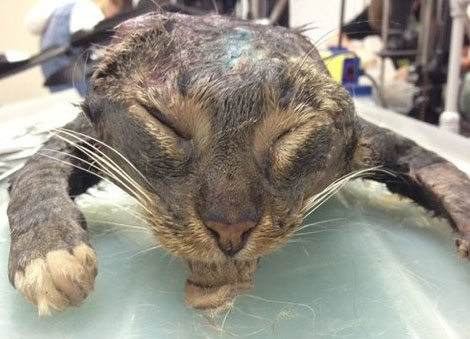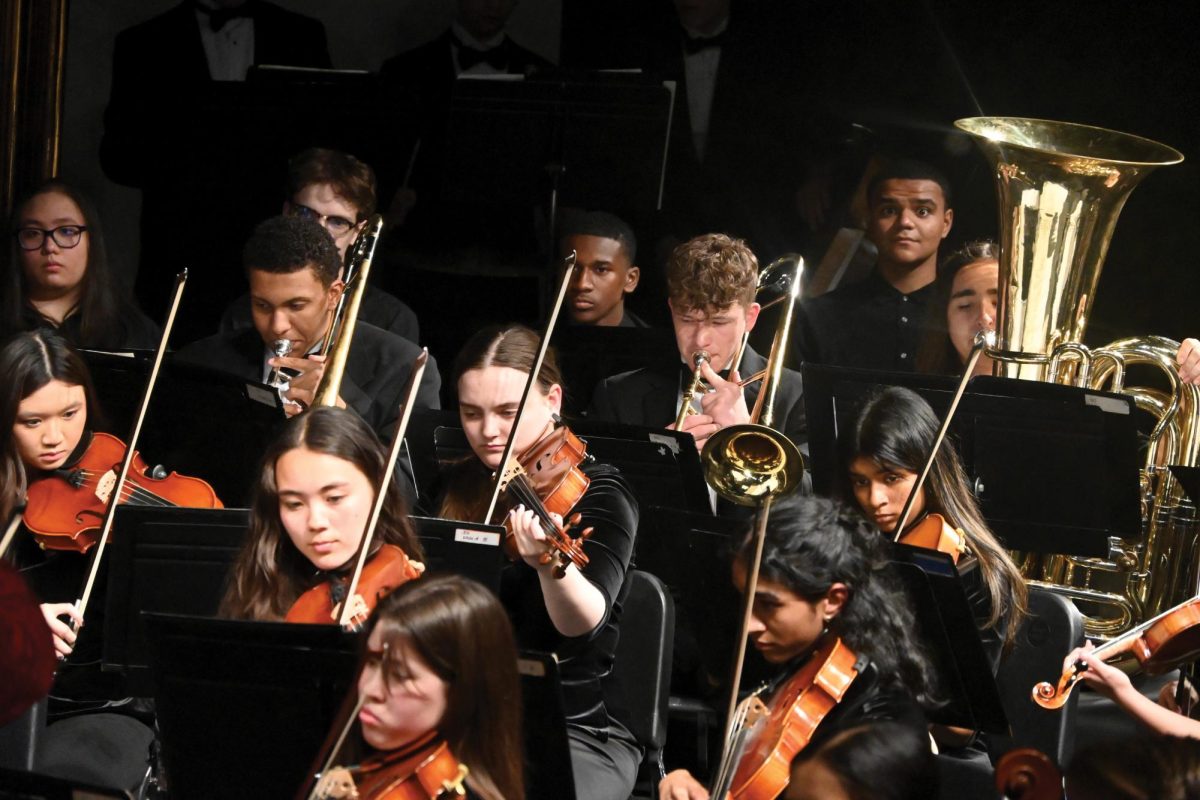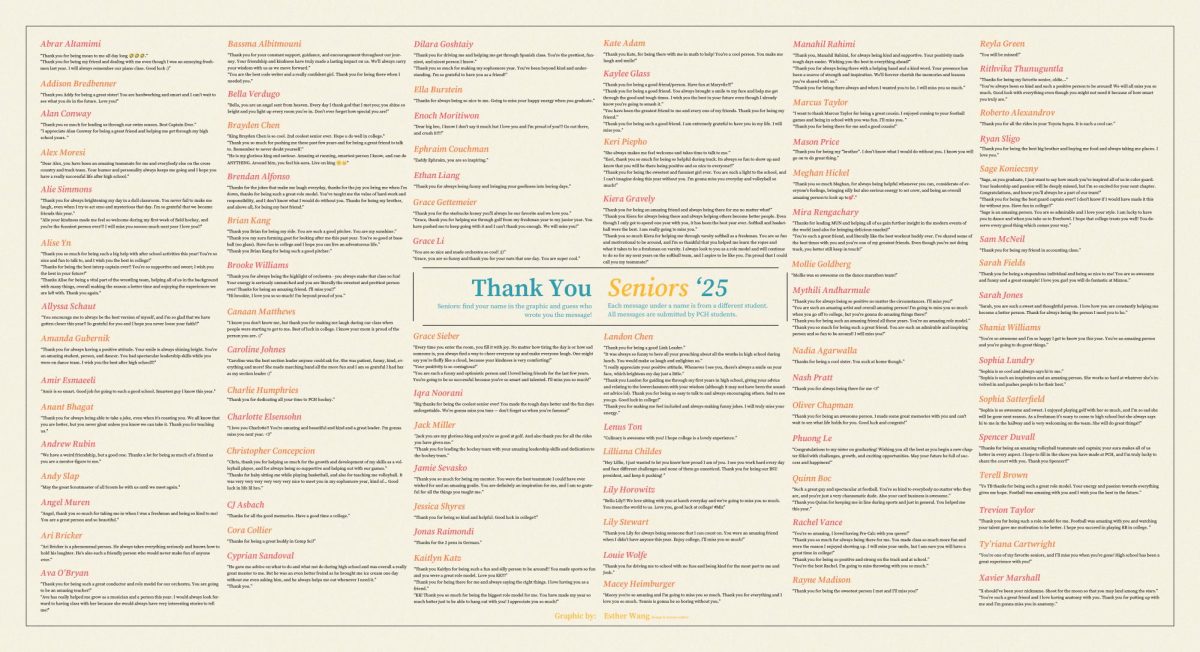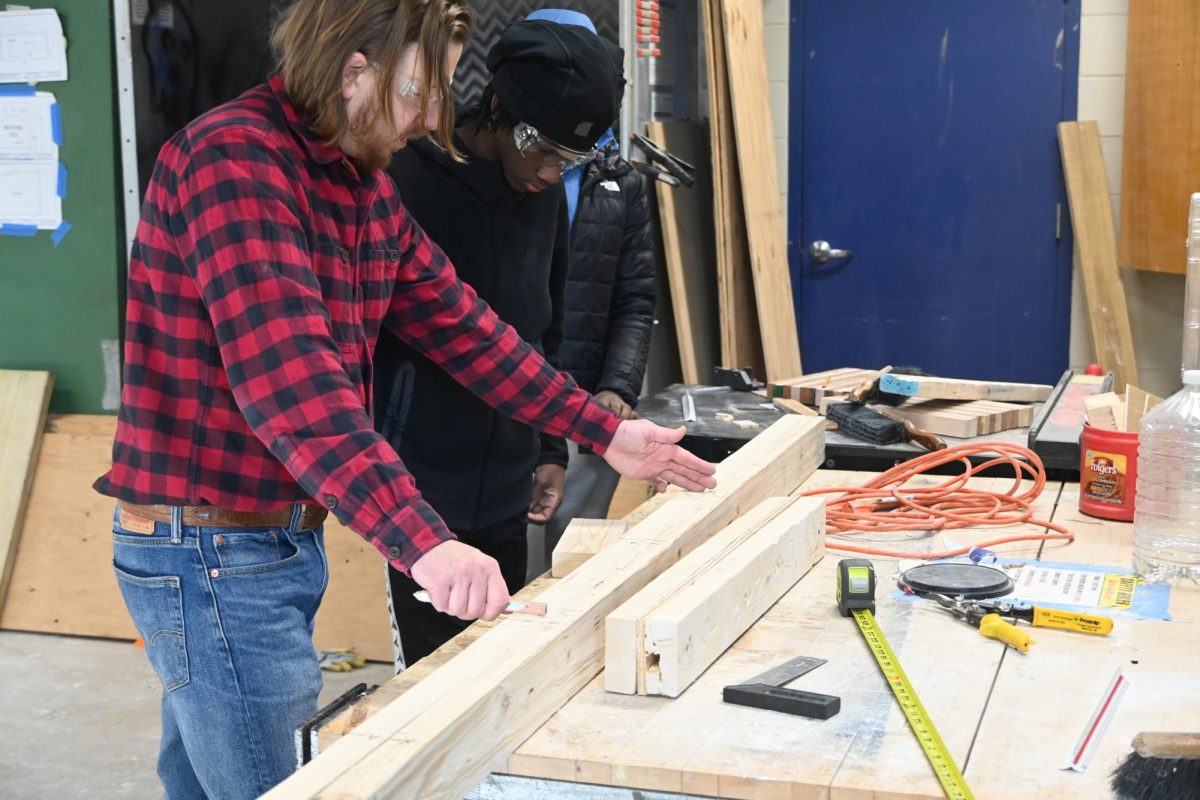
A typical class starts the day off with lectures or notes and checking homework. In Mr. Greathouse’s anatomy class, they start off with dissecting cats.
“Dissection has been my favorite hands-on project ever,” senior Amy Camp said. “I have a deeper understanding of how the body is put together and works.”
The students agree that dissecting enhances their learning on the subject.
“I’m finally experiencing for myself connective tissue, what tendons and muscles look and feel like and how the digestive system fits together,” Camp said.
The class starts out by getting the boxed-cat, forceps, scalpel, blunt probe and plastic spoon. Then they wash and lotion their hands. Next, wearing plastic gloves, they remove the skin. After that they pick away the fat to identify arteries, superficial muscles, and organs they will need to know for the practical.
“The most difficult part is knowing where and what to cut,” senior Amanda Truong said. “You could easily cut an important body part with super sharp tools.”
Despite these challenges Truong still believes that she benefits from the experience.
“Dissecting enhances learning because all year we have learned about parts of the body and dissecting gives you hands-on exposure as opposed to diagrams,” Truong said.
Truong and Camp are both planning on pursuing a career in the medical field. They both believe that their anatomy class will help prepare them for a future in a health profession.
“The material is the same in college,” Camp said. “I will need to know the material anyhow, so I will be ahead of the class on terms of understanding the ideas, but will focus more on the detail when I take it in the future.
To make the dissecting experience more enjoyable, the students personalize their cats by naming them. Camp named her cat Bartholemelow and Truong named her cat Catniss, after Katniss from The Hunger Games.
The course is taught by Mr. Greathouse who agrees that some parts of the class can be difficult.
“A lot of times the kids think that they are just memorizing a lot of individual names,” Greathouse said. “For example when we do the skeletal system they have to learn what the deltoid tuberosity is and it doesn’t make a lot of difference to them from part of the bone, but it is where the deltoid muscle attaches.”
According to Greathouse the anatomy class is not just trying to accomplish looking at the fibers in a certain muscle and learning how they make the muscle move.
“I’m looking at the stuff, how does that all work together,” Greathouse said. “We are trying to accomplish taking all of the individual parts and putting them together.”
The anatomy class is for grades eleven and twelve and is an honors course.
“This class showed me how much I didn’t know about the body,” Camp said. “Now I can’t look at others without thinking how intricate the musculature is, it’s just amazing what the human body was created to do.”




